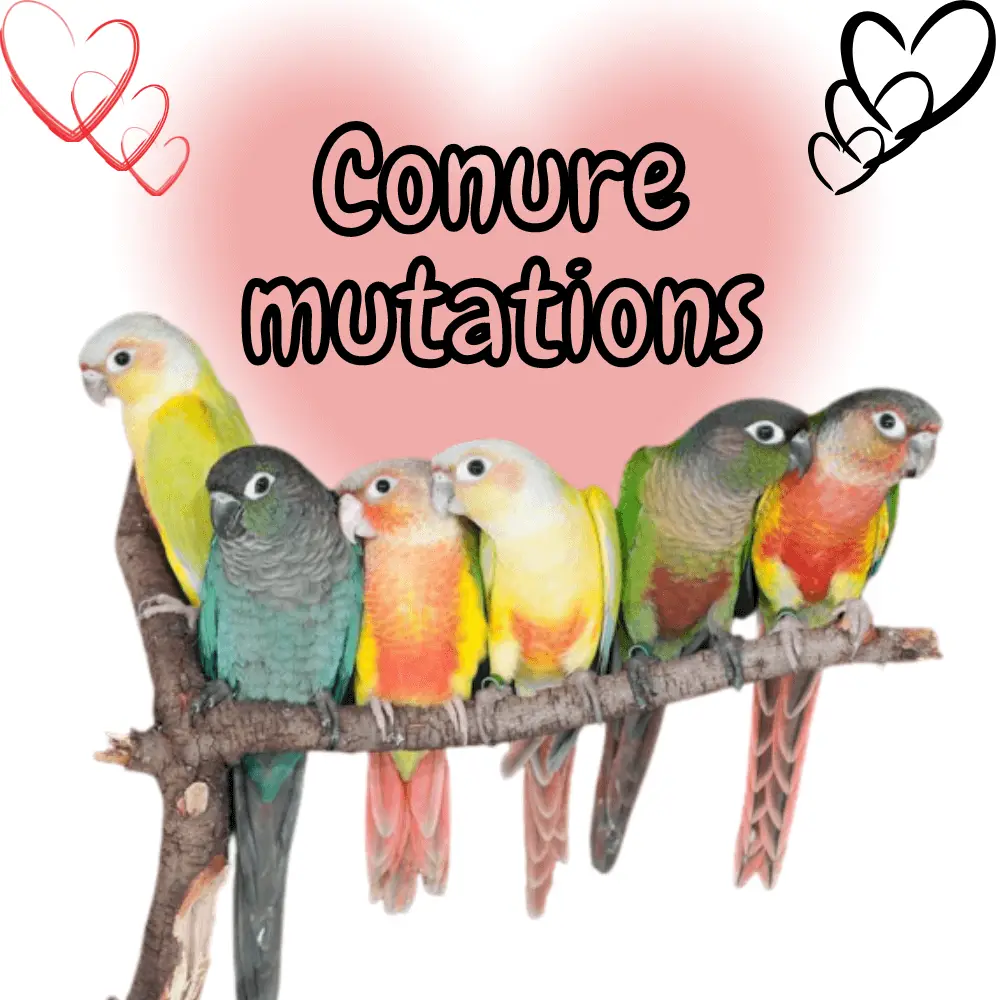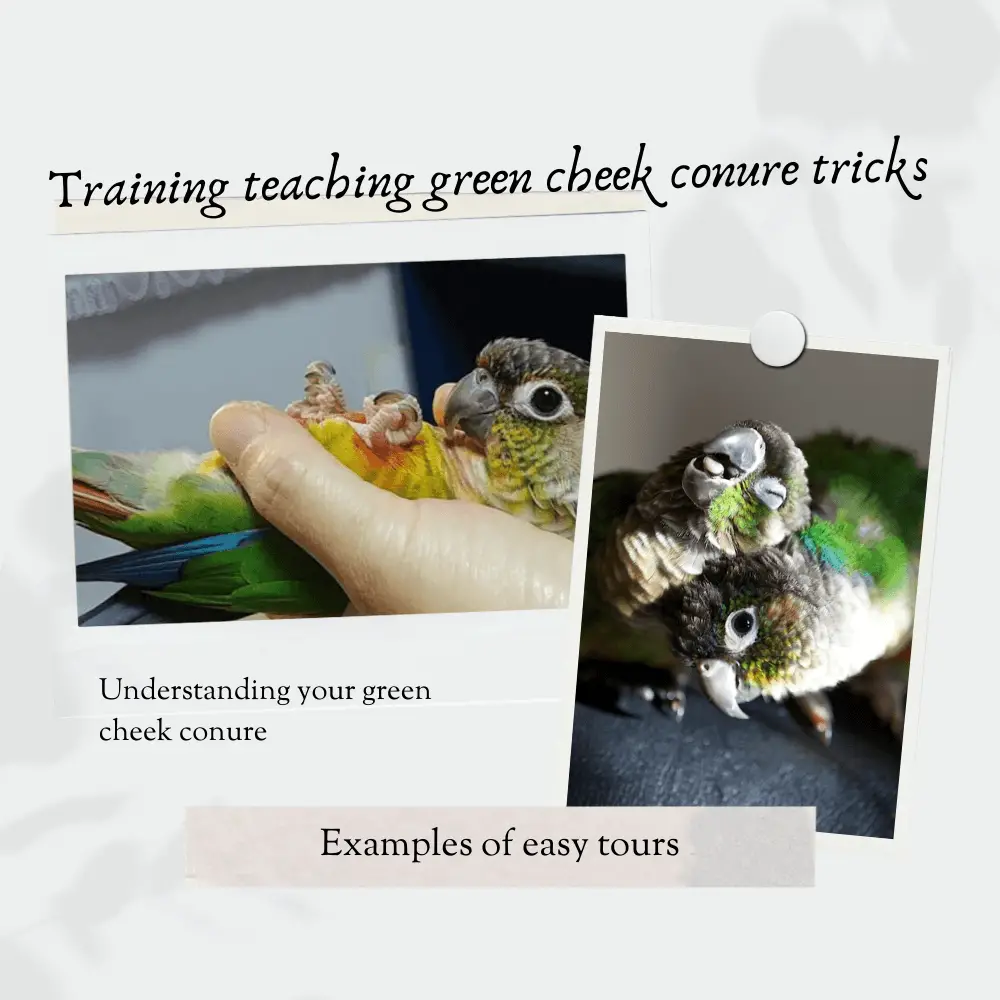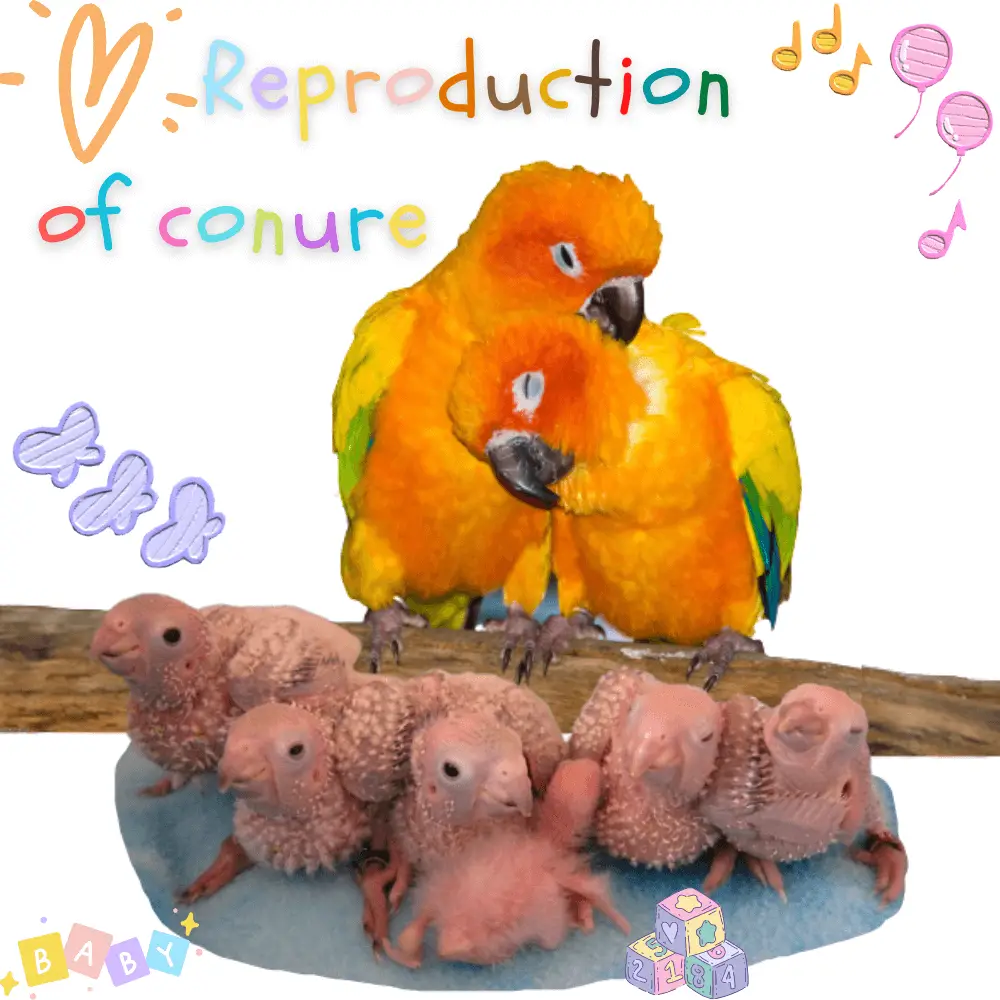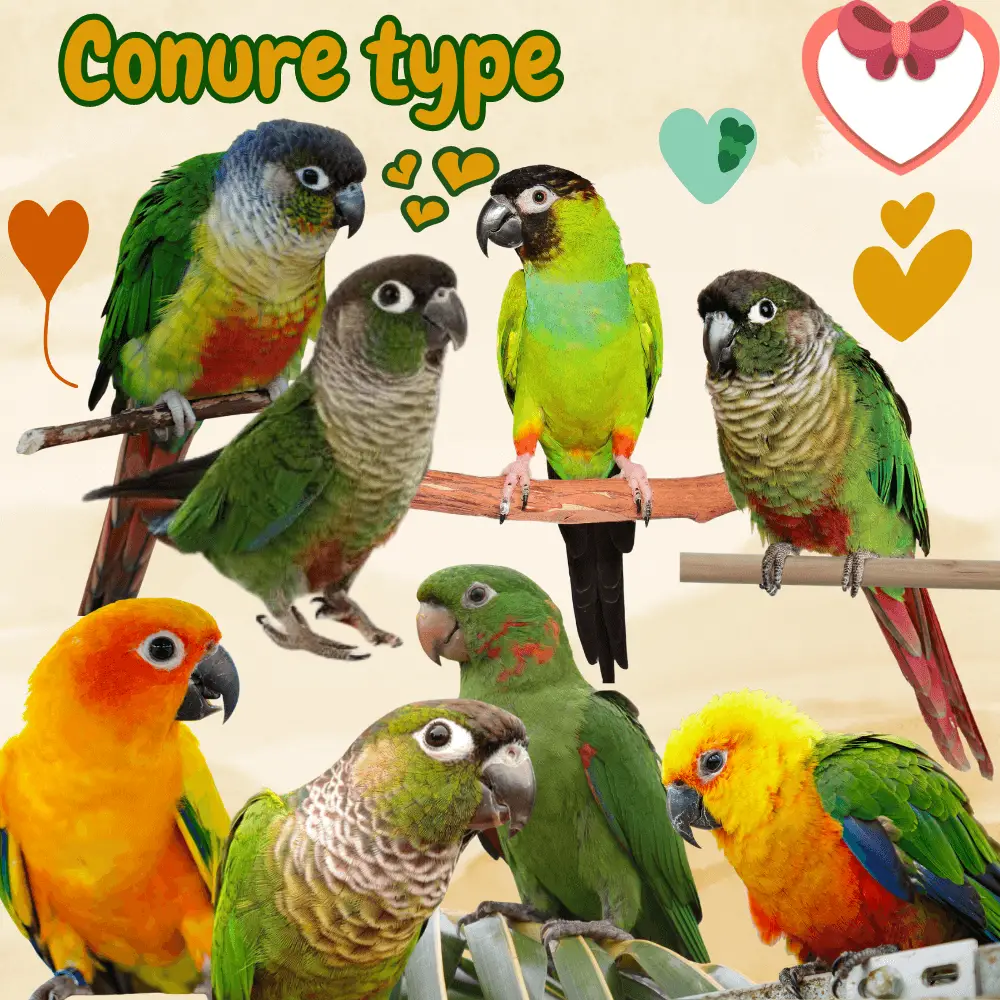Conure type: The conure parrot is an interesting pet bird because it is loving, gentle, and very comical. The conure parrot is one of the striking birds. It is very popular because of its beauty, as well as its intelligence.
It is often playful in its behavior, and it enjoys it when you share its games. The conure parrot is very peaceful, and it can also Have fun with other parrots and even other pets.
Conures are very social birds, obedient and easy to tame, and most conures can learn a few words despite their high-pitched voice, and as a result, what they say is often not clear, and it is a very hardy bird that rarely gets sick, and both Both male and female conures are good birds, and conures that are kept alone can be easily tamed and will soon learn new tricks.
Conures come in a wide variety of parrots, but there are some general characteristics that all conures share.
Conure habitat
 Conure type
Conure type
The natural habitats of conure parrots are between Mexico, Central America, the Caribbean Islands, and South America, and today there are many species of conure that have become rare and some are on the verge of extinction.
Conure size
Conures come in many different sizes, the conure parrots range in size from small to medium, the largest size represented by the Patagonian parrot reaches 19 inches in length, and small parrots can reach 9 inches.
Conure colors
Colors range from green to brilliant yellow, red, orange, white, and brown.
The bodies of conure parrots are slender with a pointed tails. Some species have short tails that become narrow at the tip, others have long and slender tails. The species has a very clear eye-ring, and the female’s eye-ring is narrower than that of the male.
Conure sound
Conures have a high-pitched voice, rather than a soft tweet, and some conures can tone down over time, as they adjust to their environment.
Types of conure
 Conure type
Conure type
Many conure parrots belong to the genus Ratinga, and in this genus, most ornithologists differ in the number of species and strains that exist, as the number of species ranges from (15-21), and there are between (55-57) strains, and some of the familiar types of conures are:
- Sun conure
- Nanday Conure
- Jenday Conure
- Blue-crowned conure
- Dusky headed conure
- White-eyed conure
- Red masked conure
- Half-moon conure
- Black-capped conure
- Crimson bellied conure
- Blue-throated conure
In the genus Protogyri there are about 7 species and 15 subspecies, including the grey-cheeked lark parakeet and the canary-winged parakeet.
There are only two species in this genus and a few subspecies of conure, some of which are known species.
- Slender-billed conure
- A Chilean conure
In the genus Senolisus there is one species of conure and three subspecies, the most popular being the Patagonia conure.
There are about 18 species and 37 strains, and some of these species:
- Green cheek conure
- The conure with the black hat
- A pearl or scalloped conure
- Conure Swans
Two species of conure are now critically endangered: the golden conure from northern Brazil and the blue-throated conure.
SOURCE: African Grey Parrot Pet
Conure food
The food available for conure parrots includes a formulated diet such as pellets, or seeds, and there is a mixture of both for small parrots, and there are pros and cons when following a formulated diet only, and seeds only.
Formulated diet:
The formulated diet provides a good nutritional base as it does not require the addition of vitamins. However, it does contain the phytonutrients (pigments and antioxidants) that are found in vegetables, fruits, grains, and seeds.
Phytonutrients are believed to boost the immune system and also help the body heal itself. And prevent some diseases, but the parrot will get bored of the lack of variety.
Seed diet:
Seeds as a diet only offer much more but require supplementation of calcium and vitamins, and mixes for young parrots supplemented with various fruits and green foods.
Supplements:
Complementary foods include apples, grapes, many garden vegetables such as spinach, watercress, and lettuce, and field vegetables such as chickweed, dandelions, carrots, corn, peas, endives, sweet potatoes, peanuts, monkey food, and even dog food. Do not feed avocados as they are toxic to parrots. Vitamins can also be added to drinking water or food.
Conure cage
 Conure type
Conure type
Conures love spacious cages, so the cage must be large enough so that the parrot’s tail does not touch the bottom, and the size of the cage for the small conure is about (60 x 40 x 50) cm, and the cage for the largest type of conure is about (120 x 65 x 100) cm, and this It will provide the parrot with horizontal movement and vertical climbing.
The cage should contain two perches with a diameter of about (2-2.5) cm. One of the perches should be placed at the top of the cage and the second low, close to the food dishes. Natural perches made of willow, poplar, and fruit trees are good for the bird’s feet and beak, and the cage is placed away from harmful fumes. To provide safety for the parrot, the cage can be covered at night.
Basic cage maintenance includes daily cleaning of food and water dishes, all toys and perches should be washed weekly, and the bottom of the cage should be lined with sheets, changed daily, and the cage should be sanitized annually.
Conure training

Conure parrots must be dealt with gently, and if a person is afraid of the parrot, then the parrot will feel that it is impossible for the relationship between them to develop, and do not start hitting the bird because this will lose your trust in your bird and perhaps forever.
Conure Reproduction

The reproduction of conure parrots in captivity is fairly easy, but the parrots must first adapt to their environment, and the smallest species is ready to breed at the age of two years, and the largest species at the age of (3.5-4) years, and before mating, the sex of the parrots must be determined and the male and female are specified, and this is difficult There are conure parrots, but there are some differences that distinguish the male from the female, such as :
- Examination of the pelvic bones for both males and females, as the pelvic bones in males, are closer together than in females.
- The sex of the conure can be determined by the color of the iris, as the iris in females is red, and in males it is black.
- Male and female can be identified by colored feathers, and this is by describing certain types of conure.
- Sex can be determined by surgical examination and endoscopy through the veterinarian.
After mating, the female spends a lot of time inside the nesting box, and she lays an egg every day, and the number of eggs reaches (3-8) eggs, and the incubation period is about 27 days, and the young will leave the nest after about 50 days, according to the species.
Conure health

Conures are very hardy birds, and in good health. When kept under ideal conditions and with good health nutrition, the parrots will resist disease, but there are signs of disease that you must be aware of to maintain the health of the conure.
Signs of the disease include fluffing of feathers, resting their heads under their wings, refusing to eat, secretions from the nose, mouth, and eyes, weight loss, difficulty breathing, sitting at the bottom of the cage, stopping talking, and growths around the beak.
Some of the common diseases of conures are aspergillosis, respiratory infections, candidiasis, cold, sinus infections, diarrhea, eye infections, feather plucking, frostbite, goiter, mites, Pacheco’s disease, psittacosis, salmonella, worms, and should You take the sick parrot to the vet for diagnosis and treatment.

